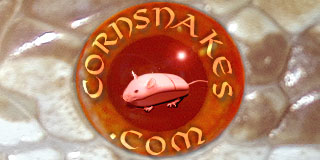wild neonate
the wild neonate
Just curious as I really have no knowledge about breeding, what kinds of problems can occur from trying to cross breed snakes, and what issues can result from heavy corn inbreeding..I'm pretty sure a lot of these morphs weren't spontaneous, and probably had a few generations going back n forth.
